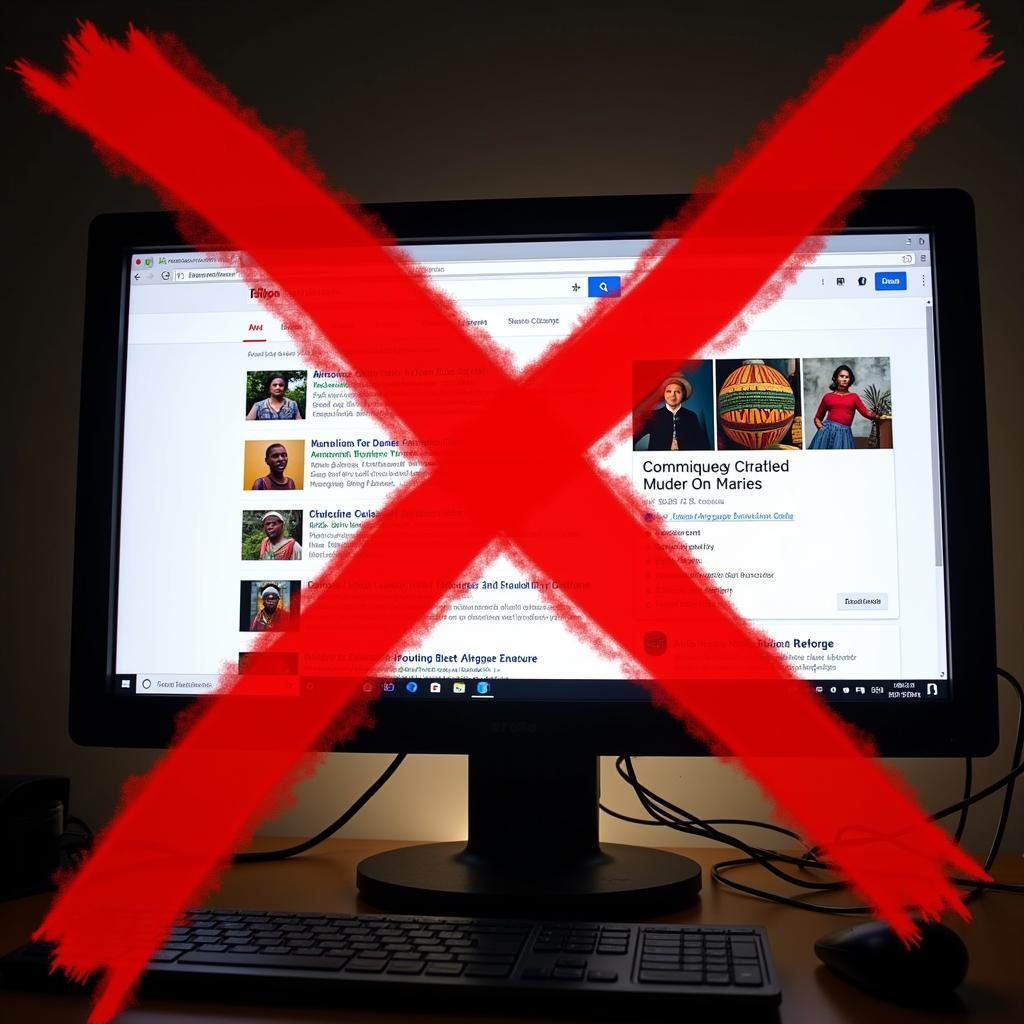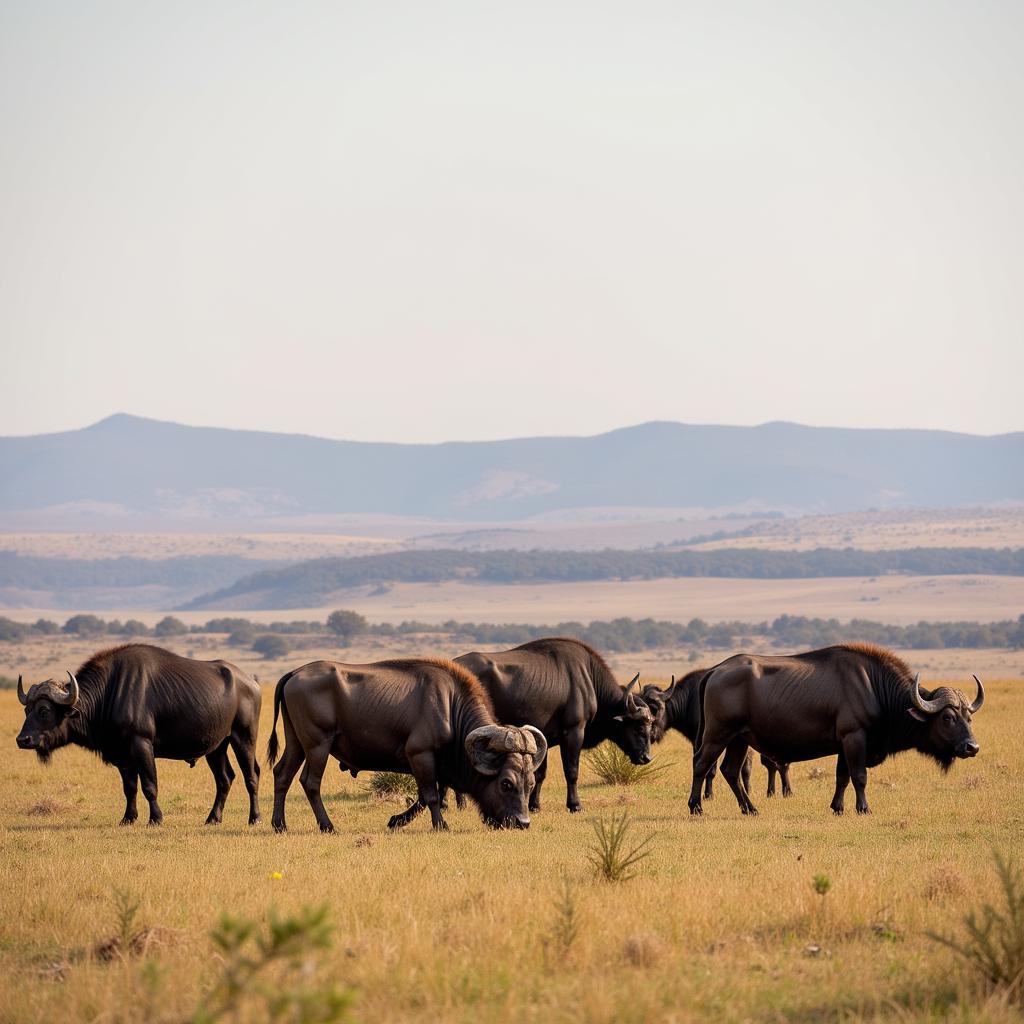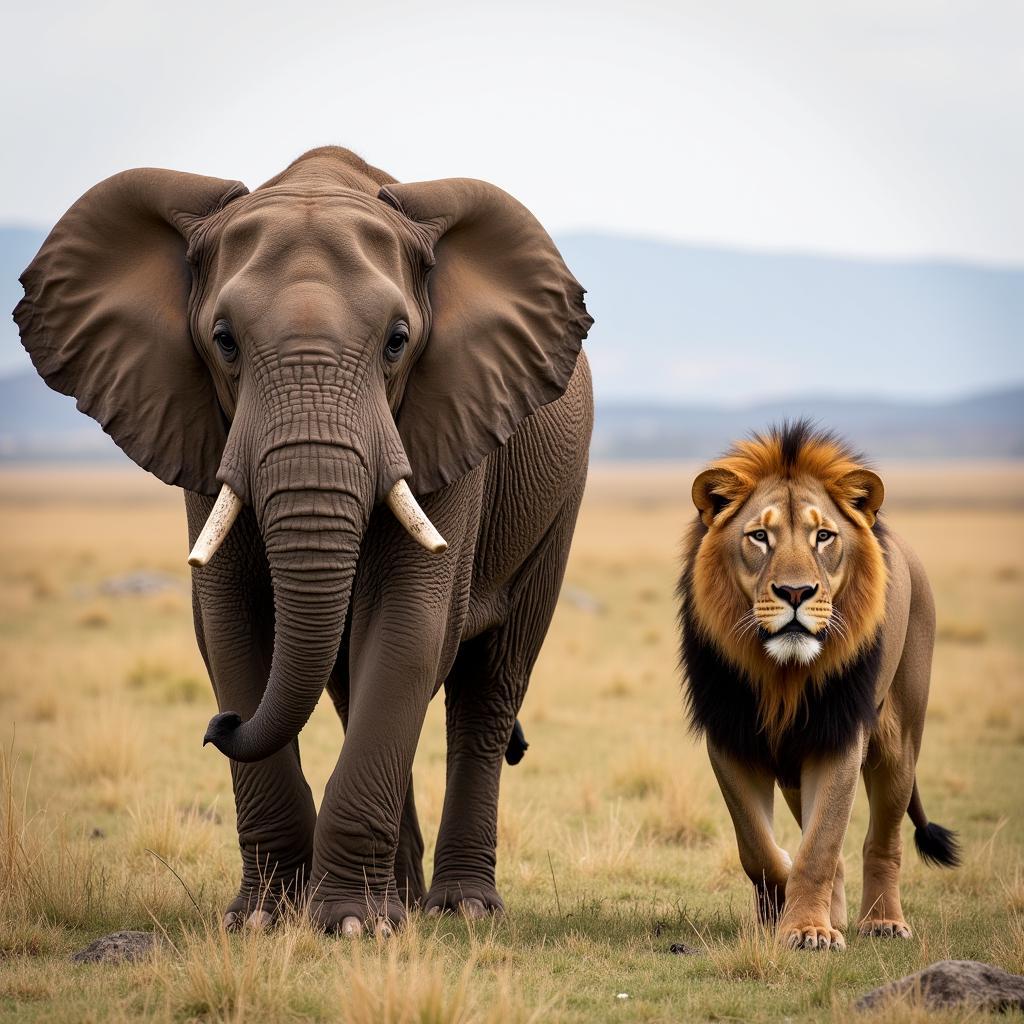Understanding African Cichlid Bioload
African Cichlid Bioload is a crucial factor in maintaining a thriving aquarium environment for these vibrant and often demanding fish. It refers to the amount of waste produced by the fish, which directly impacts the water quality and overall health of your aquatic ecosystem. Properly managing bioload is essential for preventing ammonia spikes, maintaining stable pH levels, and ensuring the longevity of your cichlids.
One of the first steps in understanding African cichlid bioload is grasping the concept itself. It’s not just about the number of fish you have, but also their size, activity level, and diet. Larger, more active cichlids naturally produce more waste than smaller, less active ones. Similarly, a protein-rich diet contributes to a higher bioload compared to a diet primarily consisting of plant matter. Getting a handle on this balance is key to a successful cichlid tank. Soon after setting up your tank, you might want to consider adding more filtration. You can find helpful advice on setting up your tank here: african cichlid tank setup.
Factors Affecting African Cichlid Bioload
Several factors influence the bioload in your African cichlid tank. Understanding these factors helps you make informed decisions about stocking levels and filtration.
- Fish Size: Larger cichlids produce significantly more waste than smaller ones.
- Species: Some cichlid species are more active and have higher metabolisms, leading to increased waste production.
- Diet: Protein-rich diets contribute to a higher bioload.
- Filtration: A robust filtration system is crucial for processing waste and maintaining water quality.
- Water Changes: Regular water changes help remove excess waste and replenish essential minerals.
Calculating Bioload for African Cichlids
While there isn’t a precise formula for calculating African cichlid bioload, a general rule of thumb is the “one inch of fish per gallon” rule. However, this rule should be applied with caution, especially with larger cichlid species. It’s better to err on the side of caution and slightly understock your tank. Overstocking can lead to rapid deterioration of water quality and stress your fish, making them susceptible to disease. If you’re looking for cichlids in Washington State, you might find this helpful: african cichlids for sale washington state.
Managing Bioload in Your Cichlid Tank
Effective bioload management involves several key practices:
- Overfiltration: Invest in a filter rated for a larger tank than yours to ensure adequate waste processing. Consider checking out resources on filter media for African cichlid tanks: african cichlid canister filter media.
- Regular Water Changes: Perform partial water changes weekly to remove excess waste and maintain stable water parameters.
- Proper Feeding: Avoid overfeeding and choose high-quality food that minimizes waste production.
- Monitor Water Parameters: Regularly test your water for ammonia, nitrite, nitrate, and pH to ensure they are within acceptable ranges.
How often should I perform water changes in my African cichlid tank?
Weekly water changes of 25-50% are generally recommended to maintain optimal water quality.
“Maintaining consistent water quality through regular partial water changes is crucial for the health and well-being of African cichlids,” says Dr. Amani Kibwe, aquatic veterinarian and cichlid specialist.
What are the signs of an overstocked African cichlid tank?
Signs include aggressive behavior, increased disease outbreaks, cloudy water, and elevated ammonia/nitrite levels.
If you’re interested in learning more about African cichlids in a different context, you can explore this article about cichlids in Bangkok: african cichilids bangkok. Additionally, you can explore setting up an African cichlid fish tank here: african cichlids fish tank setup.
Conclusion
Understanding and managing african cichlid bioload is paramount to creating a thriving and healthy aquarium environment. By carefully considering factors such as fish size, species, diet, and filtration, you can ensure your cichlids live long, healthy lives. Remember that regular monitoring and maintenance are essential for the long-term success of your African cichlid tank.
FAQ
- What is African cichlid bioload? Bioload refers to the amount of waste produced by the fish in an aquarium.
- How do I calculate bioload? While no exact formula exists, the “one inch per gallon” rule is a starting point, but caution is advised.
- What are signs of high bioload? Signs include cloudy water, ammonia spikes, and stressed fish.
- How can I reduce bioload? Regular water changes, proper feeding, and adequate filtration are key.
- What is the best filter for African cichlids? A canister filter rated for a larger tank is often recommended.
- How often should I clean my cichlid tank? Regular partial water changes and gravel vacuuming are essential.
- What is the ideal water temperature for African cichlids? Most species thrive in temperatures between 76-82°F (24-28°C).
“Overfiltration is never a bad idea when it comes to African cichlids. It provides a buffer against fluctuating bioload and helps maintain optimal water quality,” says Dr. Fatima Hassan, aquatic biologist specializing in African cichlid ecology.
Other Possible Questions About African Cichlid Bioload:
- What types of filtration are best for high bioload tanks?
- How does tank size impact bioload management?
- Can live plants help manage bioload?
- What are the effects of fluctuating bioload on cichlid health?
For further information on related topics, explore our website for articles on tank setup, filtration, and cichlid care.
When you need assistance, please contact us. Phone: +255768904061, Email: kaka.mag@gmail.com or visit us at Mbarali DC Mawindi, Kangaga, Tanzania. We have a 24/7 customer service team.





